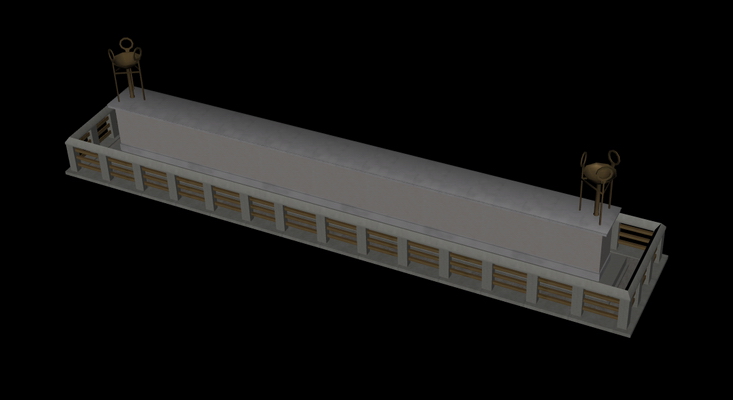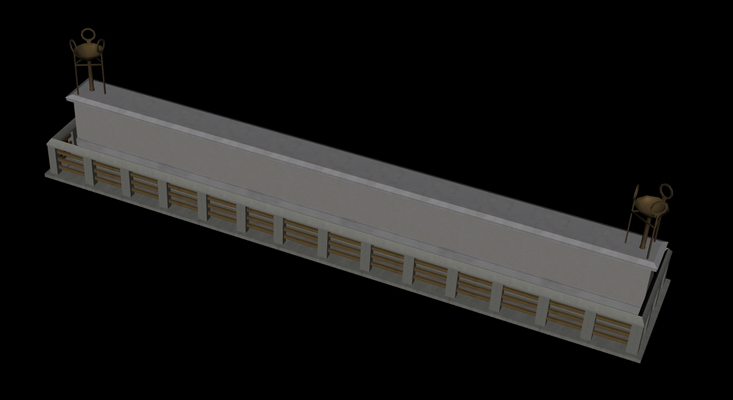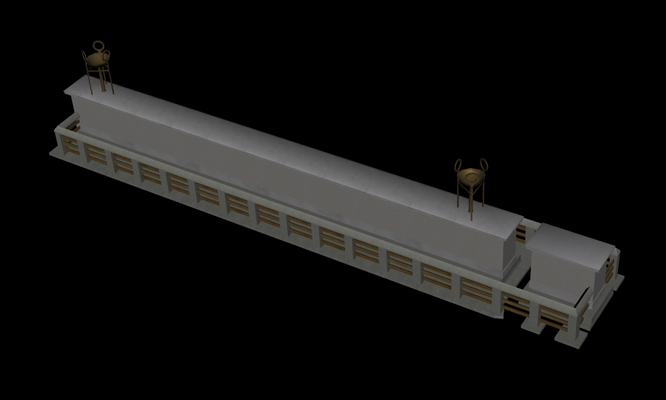|
|


The history of this monument is fascinating, as it is connected with the changes Athens underwent during the Hellenistic and Roman periods. Our knowledge on this building is rather extensive, as a large part of its architectural members survives and has been exhaustively studied, and its design has been fully comprehended. Although mentioned already in sources dating to the Archaic period, this monument apparently did not stand in the site it was excavated until some point in the late 4th cent. BC. It remains it that place, however, until the Roman period. The excavators have discerned five building phases. Only two impinge on our representation for the Hellenistic and Roman periods, phases 4 and 5. In order to fully understand its history and also for comprehensiveness considerations, we have represented all five phases. In all we have followed the suggestions of its most thorough architectural and archaelogical study [Shear, T.L., ‘The Monument of the Eponymous Heroes in the Athenian Agora’, Hesperia 39 (1970), pp. 145-222, pl. 41-58].
The digital reconstruction of the altar is slighty speculative, comprising orthostatai functioning as the tall base of the pedestal, where announcements concerning the 12 phylae were affixed. The placement of statues over the crowning of the pedestal is tentative. Certain is only the position of the feet of two of these figures. The reconstruction of the figures of the 10 original heroes, (Hippothoon, Antiochos, Ajax of Salamis, Leon, Erechtheus, Aegeus, Acamas, Cecrops and Pandion), the two added in c.305 BC (Demetrios and Antigonos), and one added in c.220 BC, in order to remove Antigonos and Demetrios, is wholly speculative. These are depicted in two drawings, one by J. Travlos, and another –more popular– by W.B. Jr. Dinsmoor [Mc Camp II, J., Η Αρχαία Αγορά της Αθήνας. Οι Ανασκαφές στην καρδιά της κλασικής πόλης2 (Αθήνα 2004), p. 124, fig. 72-73]. Their differences in terms of the building’s architectural form are inconsequential. A third variant was adopted by the manufacturers of the latest maquette of the Agora. The representation of the mounted statue of Hadrian is based on similar monuments of the Roman period.

Monument of the Eponymous Heroes, 3D representation, Classical period

Monument of the Eponymous Heroes, 3D representation, Hellenistic period

Monument of the Eponymous Heroes, 3D representation, Roman period |
|

